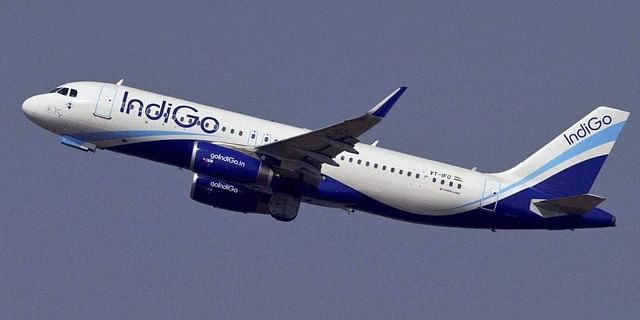
Mid-air collision of two Indigo flights from Bengaluru averted on Jan 7

A mid-air collision between two Indigo jet airliners was narrowly averted shortly after they had taken off from Bengaluru’s Kempegowda International Airport on January 7.
A vigilant approach radar controller, who was monitoring the airspace quickly “diverted” the aircraft and managed to save the lives of the hundreds of passengers onboard. The Bengaluru-Kolkata flight had 176 passengers and six crew on board, while the Bengaluru-Bhubaneswar flight carried 238 passengers and six crew – a total of 426 passengers.
Both the aircrafts are variants of the Airbus A320. It was the lack of communication among controllers at the Air Traffic Control room that was responsible for the incident that occurred around 8.45 am and could have had grave consequences.
Quoting a preliminary report issued by the Directorate General of Civil Aviation (DGCA), news websites said that IndiGo flight 6E-455 from Bengaluru to Kolkata and 6E 246 flight to Bhubaneshwar, had taken off simultaneously in the same direction from parallel runways and were at an altitude of 3,000 ft when they came really close to each other.
Also read: Airlines reroute operations as COVID 3.0 deflates demand
At that time, the approach radar controller gave a diverging heading (to the aircraft) and avoided a mid-air collision, said the DGCA report. Explaining in detail how the incident happened, the report said that at Bengaluru airport, the North runway is meant for departures, while the South one is used for arrivals, which is the standard practice to make sure that there are separate runways for departure and landing.
The incident of “breach of separation” (as this is called) happened when the shift in-charge on the morning of January 7 reportedly decided to use the North runway for both arrival and departure flights and closed down the South runway. However, this was not conveyed to the South tower controller, said the DGCA report.
Hence, when the air traffic controller handling operations of the South runway allowed the departure of 6E 455, simultaneously, the North tower controller permitted the departure to 6E 246. As both the airbus jets were heading for a converging, i.e., moving towards each other evasive manoeuvres were carried out, said the report.
Moreover, the DGCA report noted that the mid-air scare was not recorded in the logbooks of the air traffic controllers and was not reported by the Airports Authority of India as well. These lapses would be probed, the report added.

